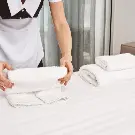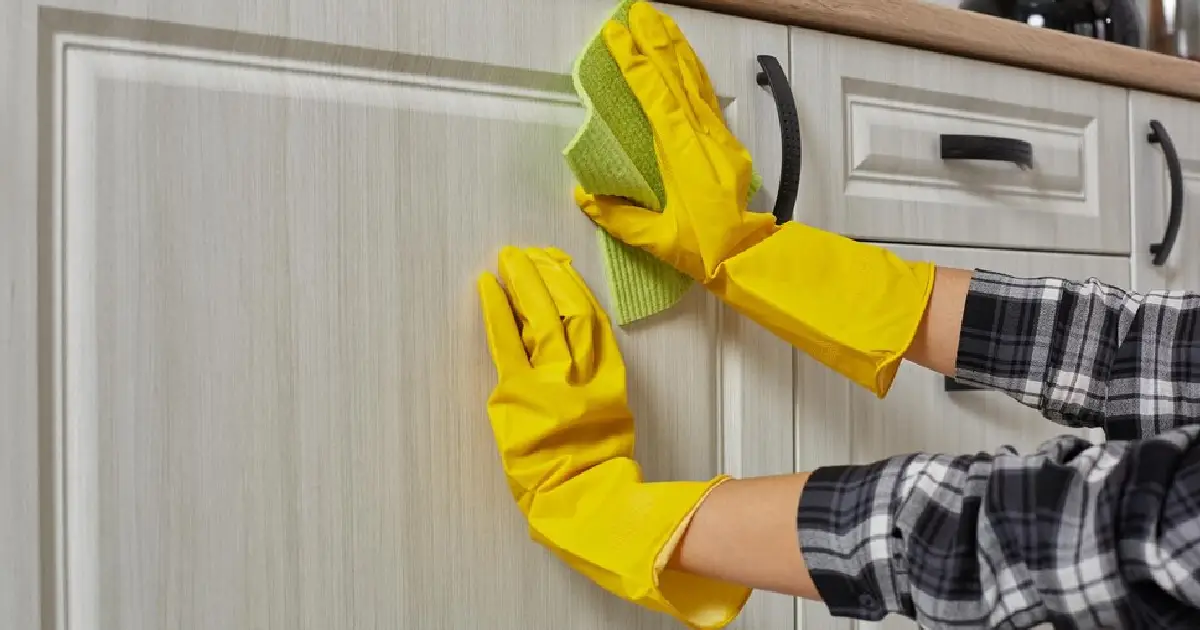
Did you know that only 16% of people regularly clean the drawers in their refrigerators? This is true even though the vegetable drawer is one of the kitchen areas with the most bacterial growth. Gross, right? Kitchen and bathroom cabinets are often overlooked when it comes to cleaning, but they can be a breeding ground for bacteria, mold, and mildew. This is especially true in the bathroom, where the warm, humid environment provides the perfect conditions for these microorganisms to thrive.
Why Your Cabinets Need Regular Cleaning
Well, it's not just about aesthetics.
What Causes Dirty Kitchen Cabinets?
Have you ever wondered why your kitchen cabinets seem to collect dirt and grime so quickly? The answer is right in front of you: cooking and daily use. Over time, airborne grease, food splatters, and even the oils from your hands can all contribute to the buildup of dirt and residue on cabinet surfaces. It's a common occurrence that can't be avoided, but it can certainly be managed.
Now, you might be thinking, 'Why should I bother cleaning my cabinets regularly?' Neglecting cabinet maintenance can lead to a host of problems, and here are some of the main culprits:
1. Bacteria: Those food particles and spills in your kitchen cabinets create a breeding ground for harmful bacteria. Without regular cleaning, these bacteria can multiply and potentially contaminate your dishes and utensils.
2. Mold and Mildew: In bathrooms, moisture can lead to mold and mildew growth inside cabinets. Not only is this unsightly, but it can also cause health issues if left unchecked.
3. Cabinet Degradation: Over time, the accumulated dirt and grime can wear down the finish on your cabinets. This can lead to discoloration and even permanent damage, affecting the overall appearance and value of your home.
The Value of Regular Maintenance and Deep Cleaning
Routine Checks: Regularly wiping down cabinet surfaces can help prevent the buildup of grime and reduce the need for intensive cleaning. It's a small effort that goes a long way in maintaining the cleanliness and longevity of your cabinets.
Periodic Intensive Cleans: In addition to routine cleaning, it's essential to schedule periodic deep cleans. How often you should do this depends on factors like your cooking habits and the level of moisture in your bathroom. A thorough cabinet cleaning every few months can work wonders in preserving their condition.
How Often Should You Clean Your Kitchen and Bathroom Cabinets?
The frequency of cabinet cleaning can vary from home to home, but a good rule of thumb is to perform routine cleaning at least once a week or as needed. Deep cleaning should be done every three to six months, depending on usage.
How to Prepare Cabinets for Cleaning
Before diving into the cleaning process, it's essential to get everything in order. Here's what you should do:
Clear the Area
Start by removing any items on and around your cabinets. This includes dishes, cookware, and decorative items. Clearing the space will allow you to access all cabinet surfaces easily.
Organize Contents
Take this opportunity to organize your cabinet contents. Discard expired food items and consolidate similar items. This step not only makes cleaning more manageable but also helps keep your cabinets tidy in the long run.
Safety Measures
Ensure your safety by wearing gloves to protect your hands from cleaning agents. If you're using any chemical cleaners, make sure the area is well-ventilated to avoid inhaling fumes.
Interior Cleaning of Cabinets: Choosing the Best Cleaner
Natural Cleaning Solutions: For a sustainable and safe approach, consider using natural cleaning agents like baking soda and white vinegar. Mix these two ingredients to form a paste, apply it to stains or spills, and gently scrub with a soft cloth or sponge.
Mild Dish Soap: Another gentle yet effective option is mild dish soap. Mix a few drops of it with warm water and use a soft cloth or sponge to wipe down cabinet interiors. This method is particularly suitable for removing sticky residue
Avoid Harsh Chemicals: Stay away from harsh chemical cleaners that can damage your cabinet's finish. If you opt for a commercial cleaner, ensure it's safe for wood surfaces and follow the manufacturer's instructions.
How do you remove tough grease and grime from kitchen cabinet exteriors?
Basic Wiping: Start with a damp cloth or sponge and warm, soapy water. Gently wipe down the exterior surfaces to remove surface dirt and grease.
Targeted Cleaning: For tougher stains and grease buildup, create a mixture of equal parts water, vinegar, or baking soda. Apply it to problem areas and let it sit for a few minutes before wiping clean.
Dry and Polish: After cleaning, it's essential to dry the cabinets thoroughly with a clean, dry cloth. This prevents water spots and streaks. For an added shine, you can apply a wood-friendly polish or wax.
Step-by-Step Guide to Bathroom Cabinet Cleaning
Let's simplify the process of cleaning your bathroom cabinet with this step-by-step guide:
Clearing and Organizing
How do I safely discard expired medications and old cosmetics?
Check Expiry Dates
Start by going through your medications and cosmetics. Discard any items that have passed their expiration dates to ensure your safety.
Methodical Sorting
Group similar items together. Keep daily essentials within easy reach while storing occasional or seasonal items in a separate section.
Discarding and Organizing
Remove any unnecessary items from your cabinet. Dispose of empty containers or items you no longer use. Organize the remaining items neatly.
How to prevent and remove mold from bathroom cabinets?
Moisture Control
The key to preventing mold is moisture control. Ensure your bathroom is well-ventilated to reduce humidity. Consider using moisture-absorbing products or a dehumidifier.
Regular Cleaning
Clean your cabinet interiors regularly to prevent mold growth. Use a mild bathroom cleaner or a mixture of water and white vinegar to wipe down surfaces.
Dry Cabinet Interiors
After cleaning, make sure the cabinet interiors are completely dry before placing items back inside. Moisture is mold's best friend, so keeping things dry is crucial.
When Should You Consider Professional Cabinet Cleaning Services?
When your cabinets have reached a point of dire neglect or accumulated heavy grime that seems insurmountable, professionals bring the expertise and equipment needed to tackle the job effectively. Their knowledge of cabinet materials and finishes ensures that the right cleaning products are chosen, leaving your cabinets gleaming without any risk of damage. When it comes to mold and mildew infestations lurking within your cabinets, it's a task best entrusted to the experts who can safely eradicate the problem and implement preventive measures to keep it from returning.
Benefits of Going DIY
- Cost Savings: Doing it yourself can save you money. Household cleaning products are generally affordable, and you can use items like vinegar and baking soda for eco-friendly cleaning.
- Control and convenience: DIY cleaning allows you to maintain control over the process. You can choose the products and methods that align with your preferences.
- Regular Maintenance: Routine cleaning can be easily managed on your own. By staying on top of it, you may even reduce the need for deep cleaning services.
-
Personal Satisfaction: Some find satisfaction in the process of cleaning and maintaining their cabinets. It's a chance to take pride in your home.
Keeping your cabinets clean is important not only for aesthetic reasons but also for hygiene. Regular cleaning ensures that your cabinets stay in top shape and free from harmful bacteria. We hope this guide has provided you with helpful information and tips to keep your cabinets looking great.
If you feel confident in taking on the task of cleaning your cabinets yourself, go ahead and give it a try! However, if you prefer a more thorough cleaning experience, consider professional services. Regardless of your preferred method, prioritize the cleanliness of your cabinets for a healthy and beautiful home.

Professional Cleaning Services in Brisbane
book now
Recent Posts
-

Top 10 Bond Cleaning Tips to Ensure You Get Your Full Deposit Back
January 18, 2024
Admin
-
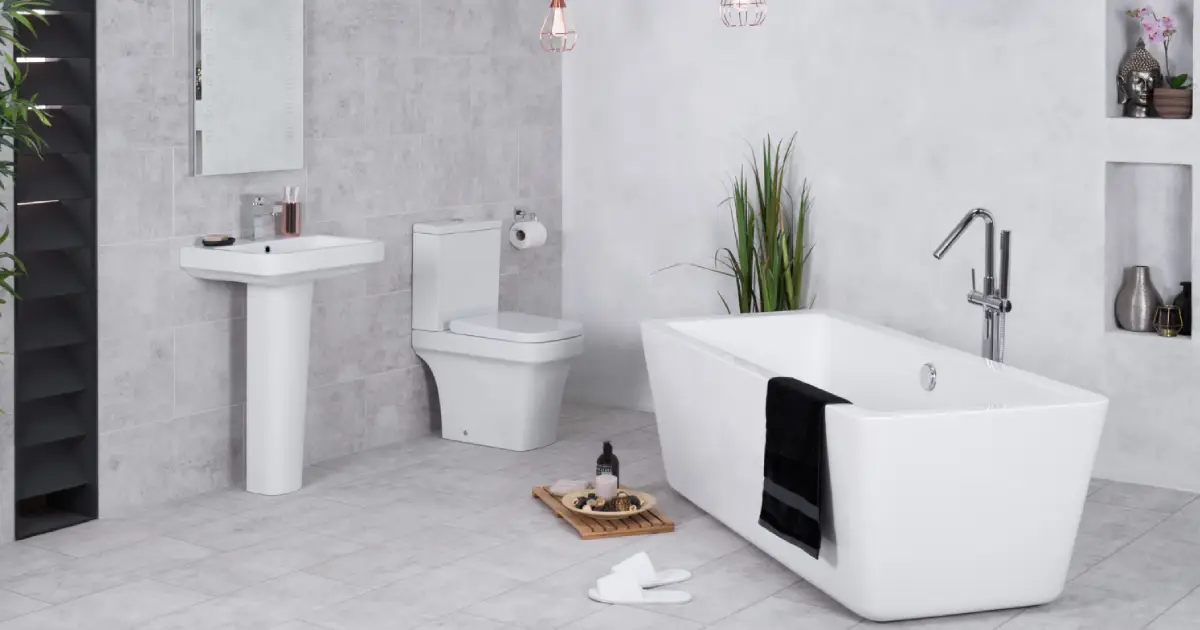
The Ultimate Guide to Getting Rid of Bathroom Odors
December 30, 2023
Admin
-

Renter's Guide to End-of-Lease Cleaning: Scrubbing Away Stress!
December 28, 2023
Admin
-
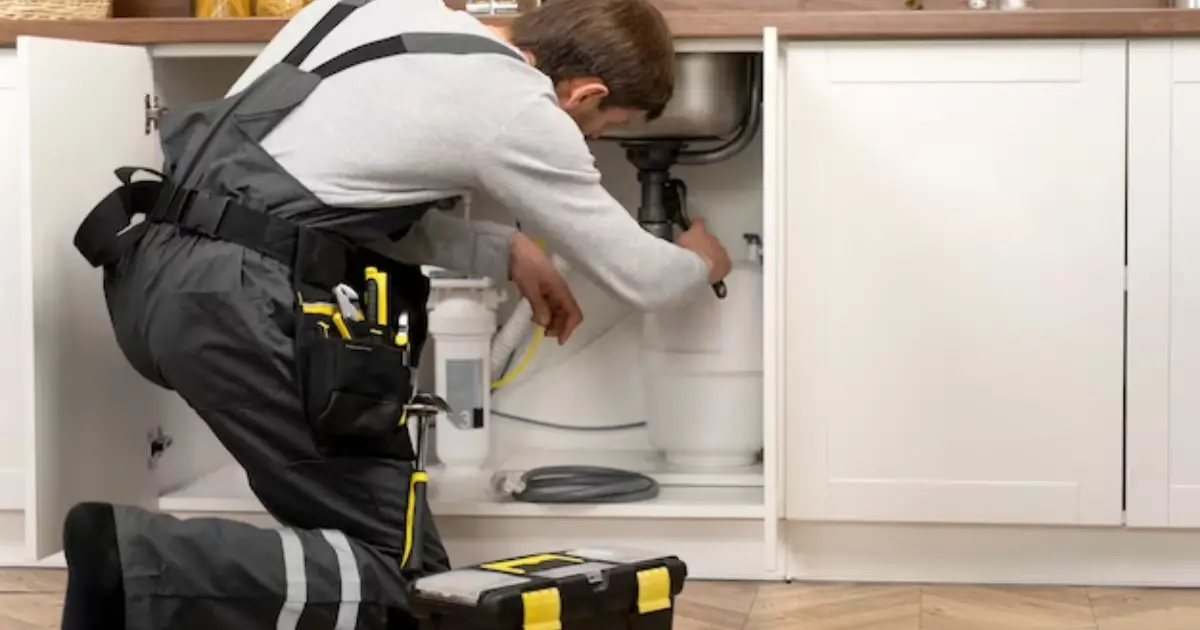
How to Eliminate Drain Flies
December 04, 2023
Admin
-
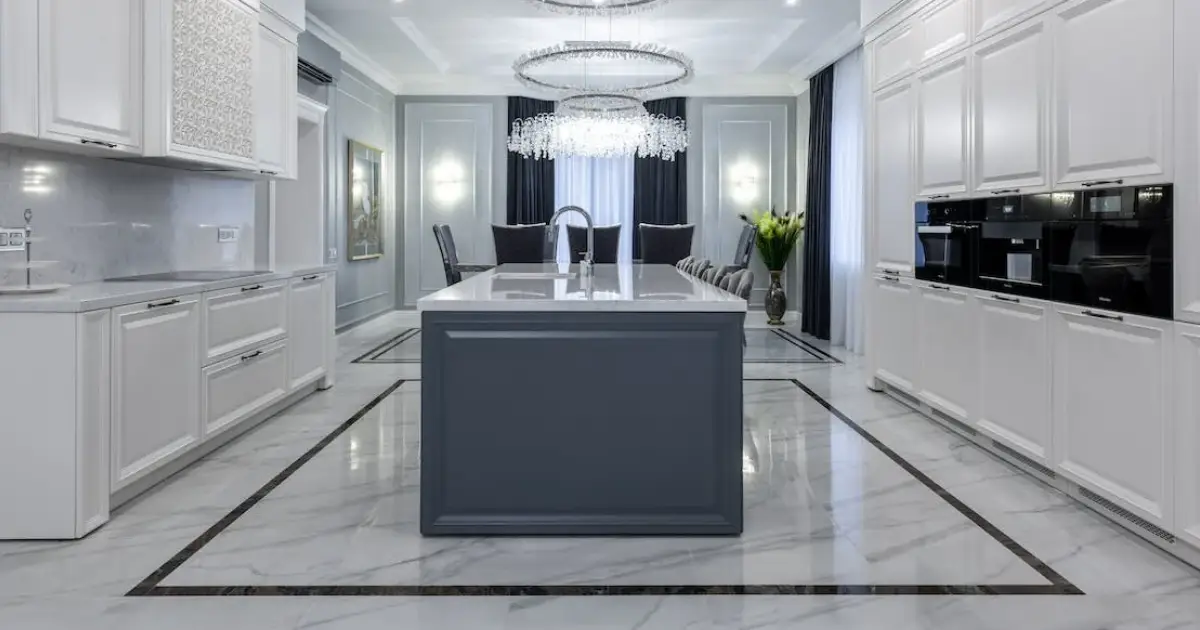
A Comprehensive Guide to Polishing Tiles
December 04, 2023
Admin
-

Why Do Your Cabinets Need More Attention Than You Think?
November 16, 2023
Admin
-
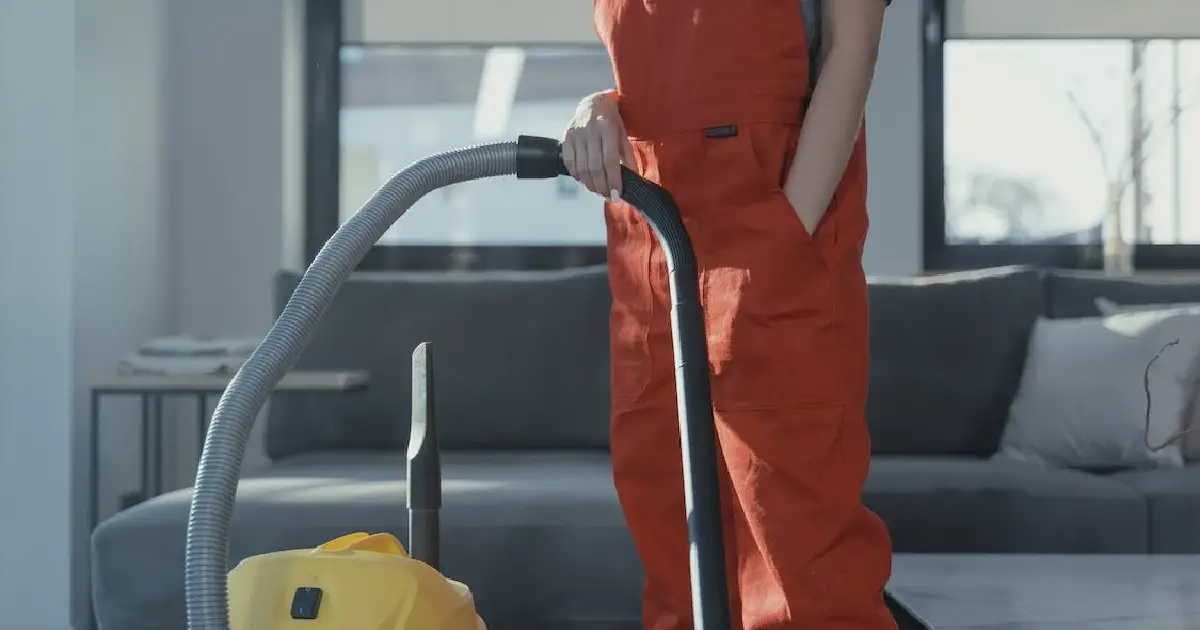
Are Upholstery Cleaners Worth It?
October 30, 2023
Admin
-
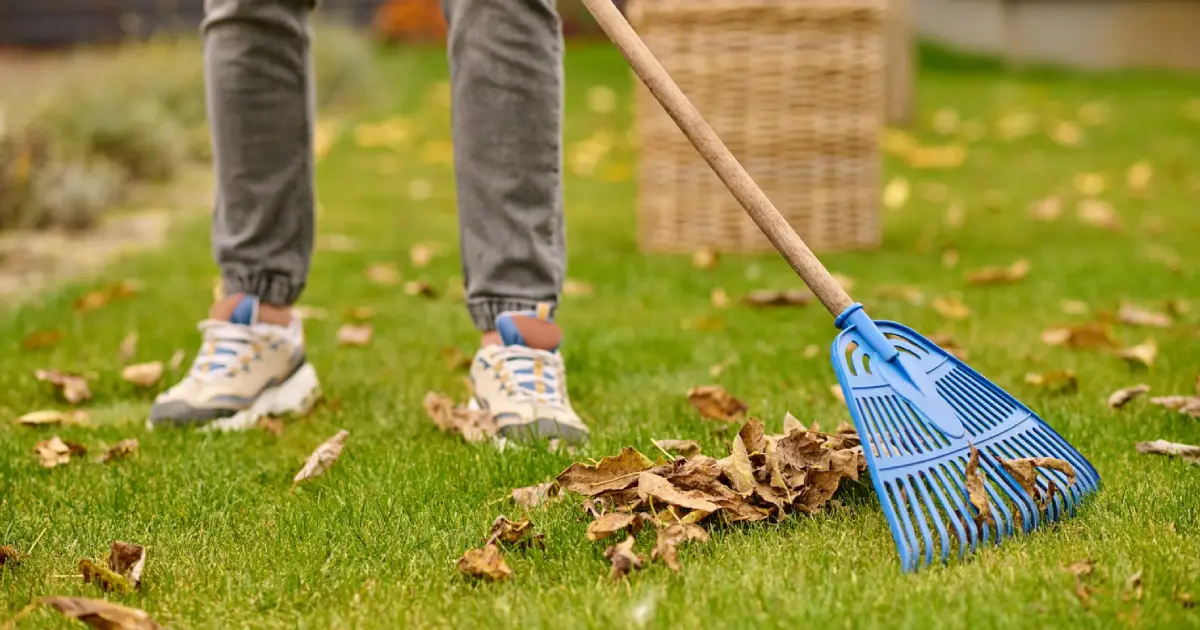
The Ultimate Winter Cleaning Checklist For Your Home
August 03, 2023
Admin
-
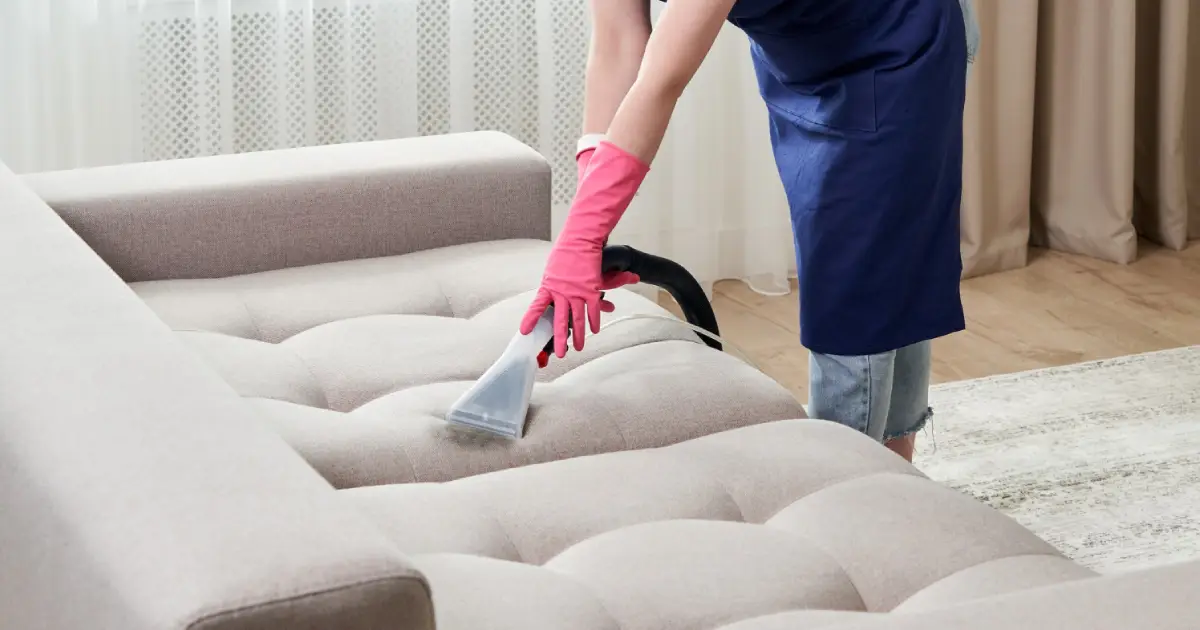
Winter Care: Effective Upholstery Cleaning
July 31, 2023
Admin
-

Ten Tips For Carrying Out Your Own Car Maintenance
March 24, 2023
Admin
-
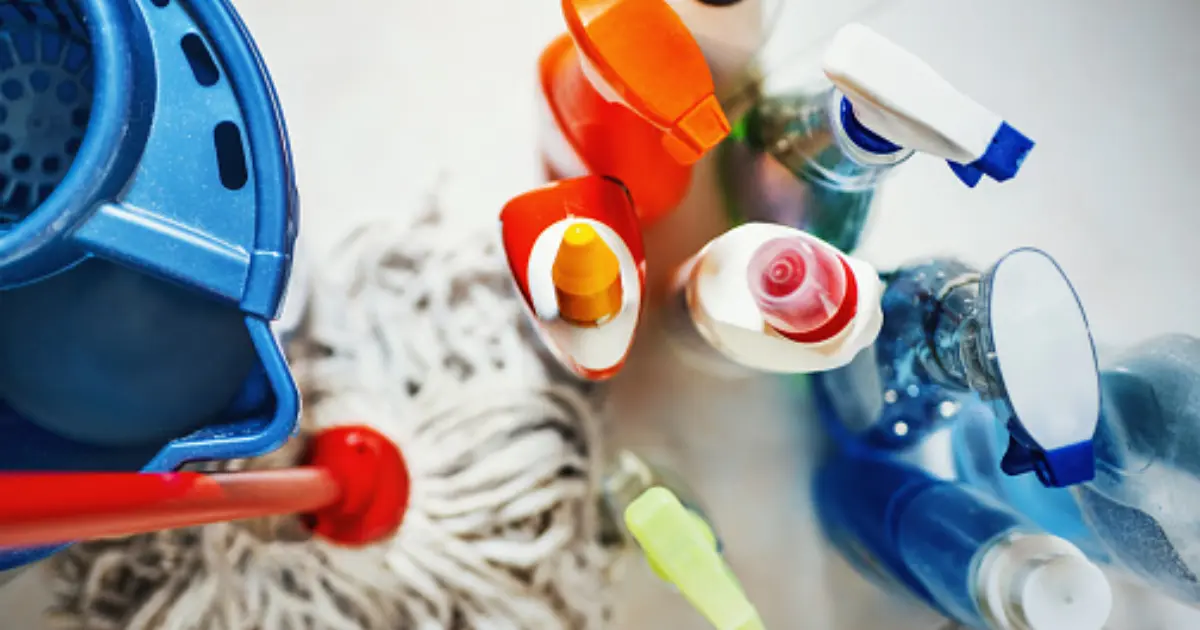
7 Tips for Cleaning Hard-to-Reach Areas in Your Home
March 02, 2023
Admin
-
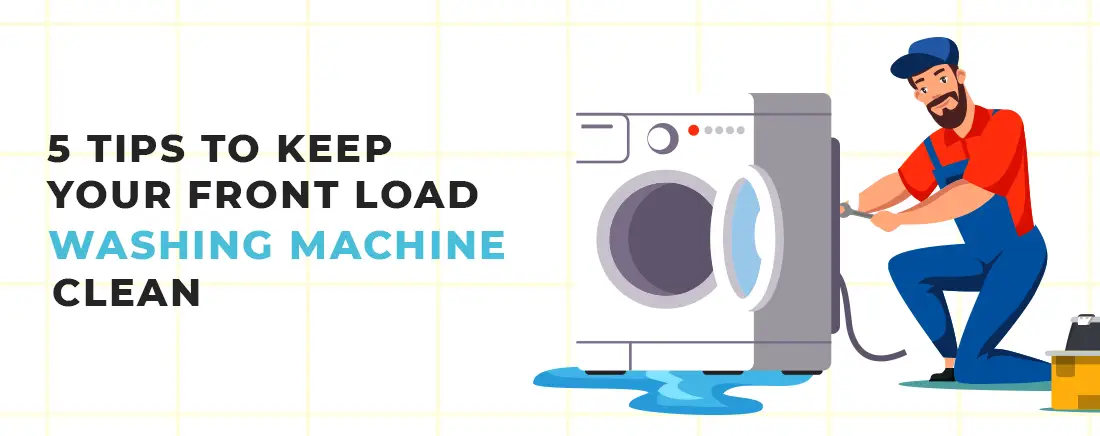
5 Tips To Keep Your Front Load Washing Machine Clean
May 31, 2022
Admin
-
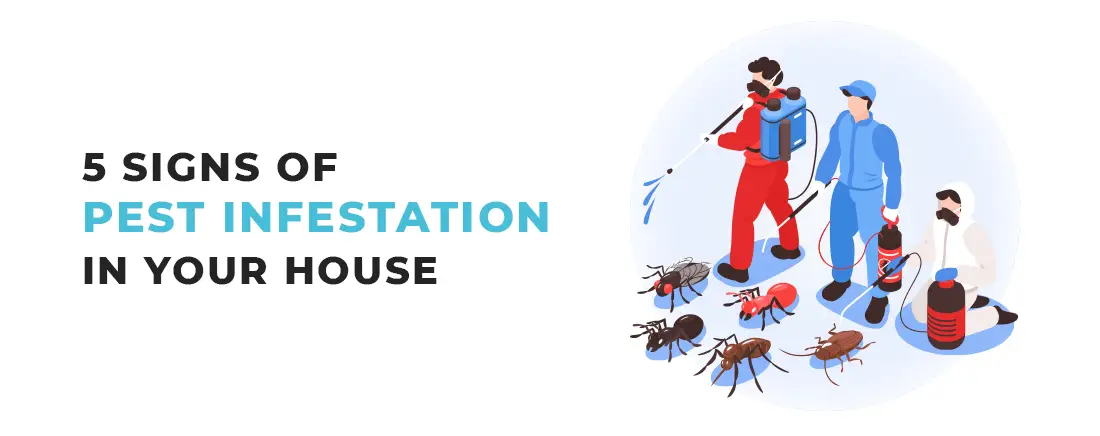
5 Signs Of Pest Infestation In Your House
May 27, 2022
Admin







